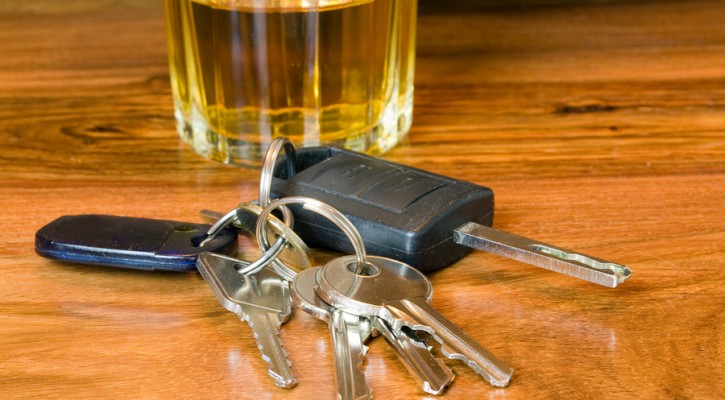
One alcohol-related fatal crash every 31 minutes
June 28, 2006
The National Highway Traffic Safety Administration estimates that alcohol was involved in 39 percent of fatal crashes and in seven percent of all crashes in 2004. The 16,694 fatalities in alcohol-related crashes during 2004 represent an average of one alcohol-related fatality every 31 minutes. An estimated 248,000 persons were injured in crashes where police reported that alcohol was present – an average of one person injured every approximately every two minutes.
Drinking alcoholic beverages and using other drugs is widely accepted in our society. Drinking and other drug use is often portrayed as glamorous and sophisticated in the media. Yet the use of alcohol and other drugs can be very costly when combined with driving. Many collisions involve drivers who are under the influence of alcohol or other drugs; the costs include property damage, legal problems, injury and death.
The effects of alcohol use vary from person to person even when the amount of alcohol used is equal. Though the effects and severity effects vary from person to person, alcohol affects everyone who uses it. The demands of the driving task are so great that every driver should be in the best condition possible. A driver cannot afford to increase the risks associated with driving by having his or her skills reduced by alcohol. Even the best drivers are affected if they drink alcohol.
Impaired drivers risk their lives and the lives of others. If you drink and drive, you could injure or kill someone in an alcohol-related collision even if you are not legally intoxicated. The emotional destruction of one impaired-driving collision could extend to people you would never have imagined would be affected. And, of course, the emotional consequences to you as the driver in that crash would be devastating as well.
This post is an excerpt from the June edition of the Safe Driving Teen Monthly Bulletin. Each month the National Safety Commission publishes the bulletin for teens and parents designed to improve teen driver behavior, attitude, skills, and experience. Subscription Details
Safe Driving Lessons Learned
June 26, 2006
Speeding is one of the most prevalent factors in crashes. Thirty percent of all fatal crashes are caused by speeding. In 2004, 13,192 lives were lost nationwide as a result of speeding.
Speeding affects the way the driver handles the car because it prevents the driver from being able to control the car around curves and bends. It increases braking distance. It also increases the distance that the car travels before the driver can react to a dangerous situation.
Some typical reasons for speeding are: late for school or work, late getting home, late for an appointment or no reason at all! We are trying to turn the clock back. Before we speed, we should ask ourselves, “What will we gain by speeding?” Are we trying to save time?
Let’s take a look at that for a minute. You have a twenty-mile trip to make. If you go the speed limit, which is 55 miles per hour, it will take you approximately 21 minutes and 48 seconds. However, you are late, so you are going to travel at 75 miles per hour, so that will only take you approximately 15 minutes and 59 seconds. That is a saving of 5 minutes and 49 seconds. You are stopped by a highway patrolman and it takes him 10 minutes to write the ticket. Add time taken to complete a driving school course (4 hours), and you haven’t saved any time at all!
This post is an excerpt from the June edition of the Safe Driving Teen Monthly Bulletin. Each month the National Safety Commission publishes the bulletin for teens and parents designed to improve teen driver behavior, attitude, skills, and experience. Subscription Details
